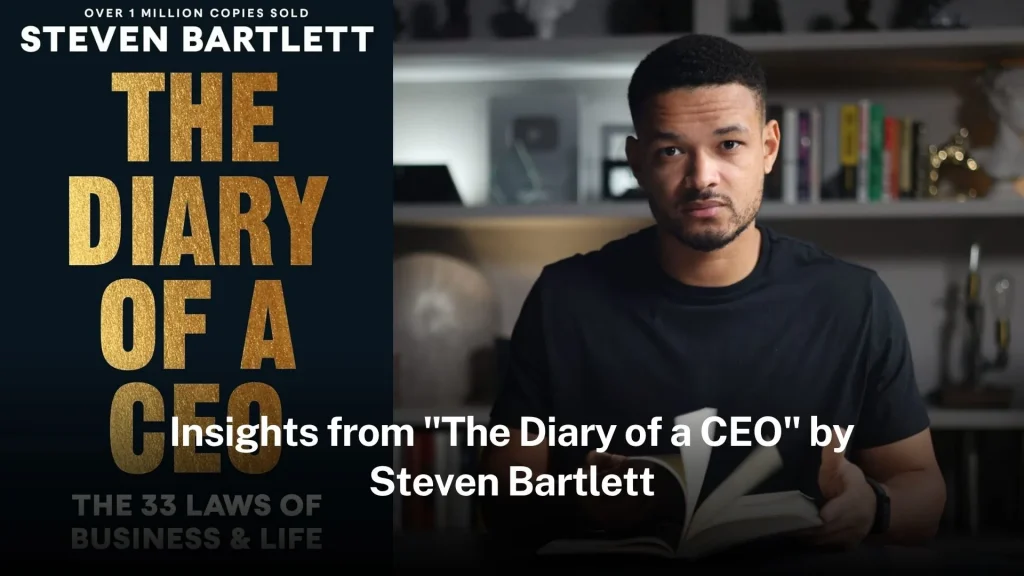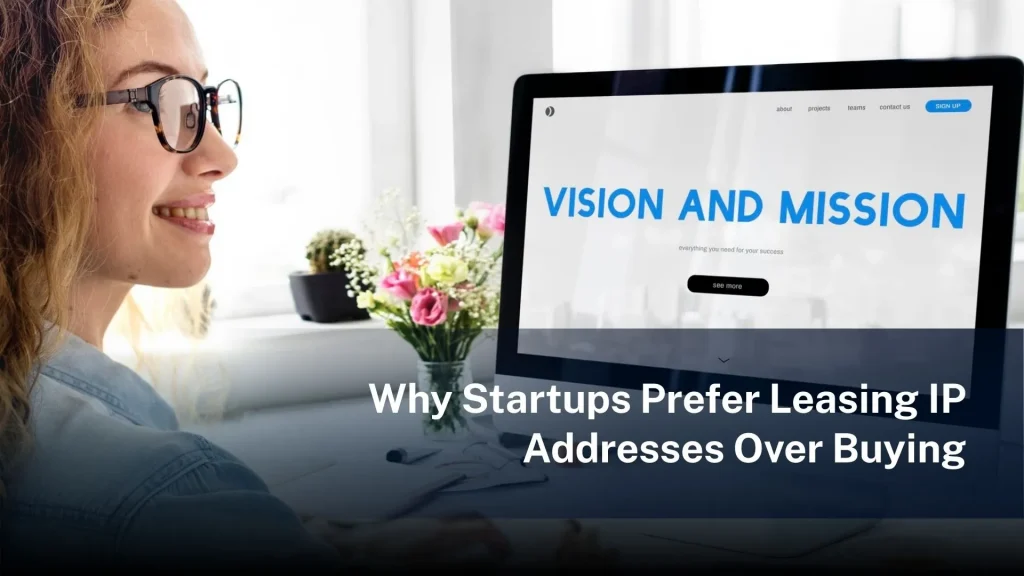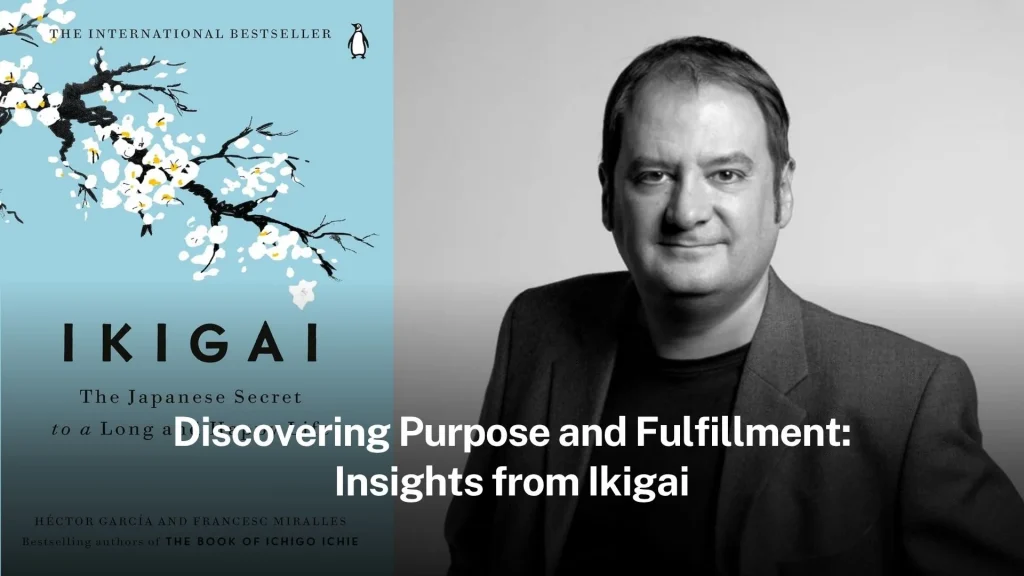Never Split the Difference: Negotiating As If Your Life Depended On It
Negotiation is an essential skill in life—whether you’re closing a business deal, resolving conflicts, or buying a car. Chris Voss’s book Never Split the Difference: Negotiating As If Your Life Depended On It offers a fresh perspective on negotiation techniques, drawn from his experience as a former FBI hostage negotiator. In this article, we’ll explore the key insights and takeaways from this bestselling book that can transform how you negotiate in any scenario.
1. Embrace Tactical Empathy
Tactical empathy is the cornerstone of effective negotiation. Chris Voss emphasizes understanding and acknowledging the other party’s feelings and perspectives. This doesn’t mean agreeing with them but showing that you truly hear them.
How to Apply It:
- Use phrases like “It sounds like you…” to show understanding.
- Validate their emotions by labeling their concerns, such as “It seems like you’re worried about…”.
This builds trust and opens the door for productive dialogue.
2. The Power of Mirroring
Mirroring is the subtle art of repeating the last few words your counterpart said. It encourages them to elaborate, creating a sense of connection and making them feel heard.
Why It Works:
- It’s disarming and encourages the other party to open up.
- It helps you gather more information to tailor your approach.
Example:
If someone says, “I’m not sure this budget will work for us,” you could respond with, “This budget won’t work?”
3. Never Split the Difference: Why Compromise Fails
Chris Voss challenges the notion of compromise as a win-win solution. He argues that splitting the difference often leads to mediocre outcomes that satisfy neither party.
Key Takeaway:
- Instead of compromising, focus on creative solutions that address the core interests of both sides.
- Aim for outcomes where everyone feels they’ve gained something meaningful.
4. The Importance of “No” in Negotiation
Contrary to popular belief, “no” isn’t the end of the conversation—it’s the beginning of real negotiation. When someone says no, they’re protecting their boundaries, which can lead to a more honest dialogue.
How to Leverage “No”:
- Don’t fear rejection; use it to clarify objections.
- Ask open-ended questions like, “What about this doesn’t work for you?”
5. Master the “Late-Night FM DJ Voice”
Tone plays a critical role in negotiation. Voss recommends using a calm and reassuring tone to establish authority and ease tension.
Pro Tip:
- Slow down your speech and lower your voice to project confidence.
6. The Illusion of Control: Use Calibrated Questions
Calibrated questions are open-ended questions designed to make the other party feel in control while steering the conversation in your favor.
Examples:
- “How can we solve this problem together?”
- “What would it take to make this work for you?”
These questions shift the focus to problem-solving without triggering defensiveness.
7. Creating the “That’s Right” Moment
The ultimate goal in any negotiation is to get the other party to say, “That’s right.” This signifies that they feel understood and aligned with your perspective.
How to Achieve It:
- Paraphrase their concerns accurately.
- Use tactical empathy to summarize their feelings and needs.
8. Be Willing to Walk Away
One of the most powerful tools in negotiation is the ability to walk away. Voss stresses that being too attached to the outcome puts you at a disadvantage.
Key Takeaway:
- Know your Best Alternative to a Negotiated Agreement (BATNA) and be prepared to pursue it if necessary.
Never Split the Difference Summary
Chris Voss’s Never Split the Difference teaches that negotiation is more about listening, understanding, and problem-solving than hard bargaining. By applying tactics like tactical empathy, mirroring, and calibrated questions, you can master the art of negotiation and achieve better outcomes in any situation.









Leave a Reply